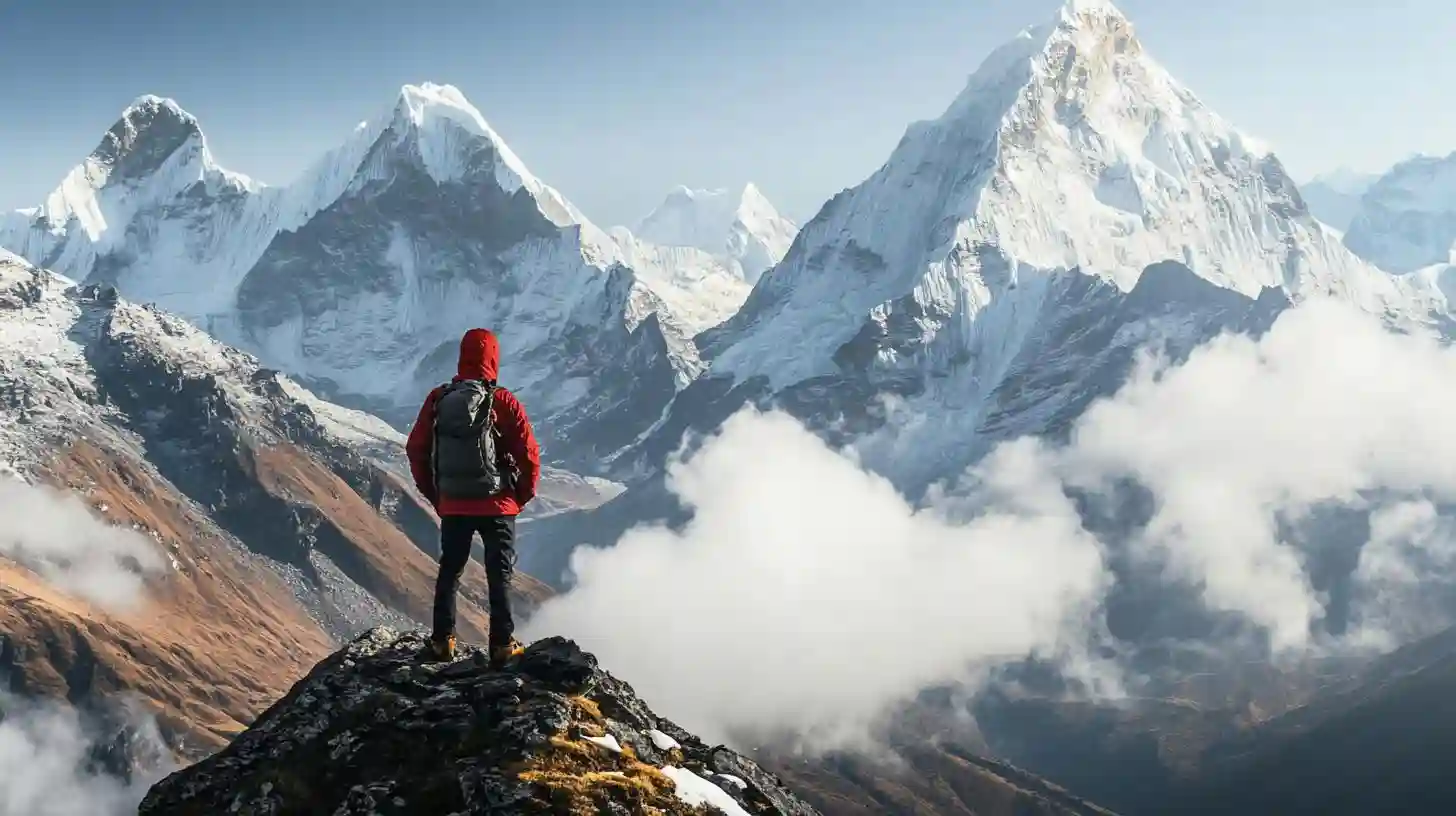
Mountaineering is an exhilarating endeavor that invites adventurers into the heart of nature, often testing their strength, endurance, and resilience. While the thrill of tackling rugged terrain and ascending lofty peaks is undeniably appealing, safety must always be prioritized to ensure an enjoyable and successful experience. Embracing the following tips can greatly enhance your mountaineering adventure while minimizing risks.
Preparation is the cornerstone of a successful mountaineering journey. Comprehensive planning begins with researching the chosen mountain, its weather patterns, terrain, and potential hazards. Understanding the route and identifying landmarks allows climbers to familiarize themselves with the geography and increases confidence. As someone ventures into mountainous regions, being aware of altitude sickness and its symptoms is crucial. Preparing physically through strength and endurance training helps build the fitness required for the demands of climbing. Regular cardiovascular exercises, along with strength training for both core and leg muscles, can prepare your body for the rigorous nature of mountaineering.
Equipping oneself with the right gear is fundamental for both comfort and safety. High-quality climbing shoes designed for the specific type of terrain will enhance grip and support. A well-fitted backpack carrying essential gear is important to ensure weight distribution. This should include items like a tent, sleeping bag, first-aid kit, navigation tools, and sufficient food and water. Layering clothing is particularly important in mountain environments due to unpredictable weather. Base layers wick moisture away, while insulating layers provide warmth. Windproof and waterproof outer layers help shield climbers from the elements. Additionally, helmets are a must for protecting against falling debris and potential head injuries.
Navigation skills can be the difference between a thrilling adventure and a perilous situation. It’s important to carry a reliable map and compass and, for added security, a GPS device. Knowing how to read these navigation tools ensures climbers can stay on course despite changes in weather or visibility. Regularly checking progress and staying aware of surroundings can help in making critical decisions as conditions shift. Familiarity with the terrain, such as understanding different types of rock formations and recognizing potential hazards like crevasses or unstable terrain, is also beneficial.
Teamwork is another critical aspect of mountaineering. Climbing with a trusted group not only provides safety through mutual support but also enriches the experience. Establishing clear communication within the team helps in decision-making and enhances group dynamics. This includes discussing roles, sharing gear, and ensuring everyone has a say in route choices. Regular check-ins can help monitor one another's physical and mental states, as fatigue can impact judgment. Practicing decision-making as a group can prepare climbers for when they face challenges on the mountain.
Acclimatization is a significant factor when ascending to higher altitudes. This gradual adaptation process is essential to minimize the risk of altitude sickness. Spending extra days at intermediate elevations allows the body to adjust to decreased oxygen levels. Staying hydrated and avoiding alcohol helps maintain physical well-being. Recognizing the signs of altitude sickness, which can include headaches, nausea, and dizziness, is vital. If symptoms arise, it's critical to descend to a lower altitude.
Another important consideration is being prepared for emergencies. Despite careful planning, unexpected situations can arise. Knowing basic first-aid techniques and having a well-stocked first-aid kit can be invaluable. Communication devices like satellite phones or emergency beacons provide critical contact with rescue services in remote areas. A fundamental understanding of self-rescue techniques can also prove life-saving. Ensuring each team member is knowledgeable about these procedures cultivates a safer climbing environment for everyone involved.
Lastly, being environmentally conscious while mountaineering is essential for preserving the beauty of natural landscapes. Practicing Leave No Trace principles helps protect the environment from the impact of human activities. Carry out all trash, minimize campfire use, and avoid damaging vegetation wherever possible. Respecting wildlife and maintaining a safe distance from animals ensures the well-being of both climbers and local ecosystems. Sharing the joys of mountaineering while honoring nature can lead to a more enriching experience.
By combining thorough preparation with quality equipment, navigation skills, teamwork, acclimatization practices, emergency readiness, and environmental respect, climbers can set themselves up for thrilling and memorable mountain adventures. The mountains hold immense beauty and challenge, and experiencing them safely can deepen the connection between adventurers and the great outdoors.